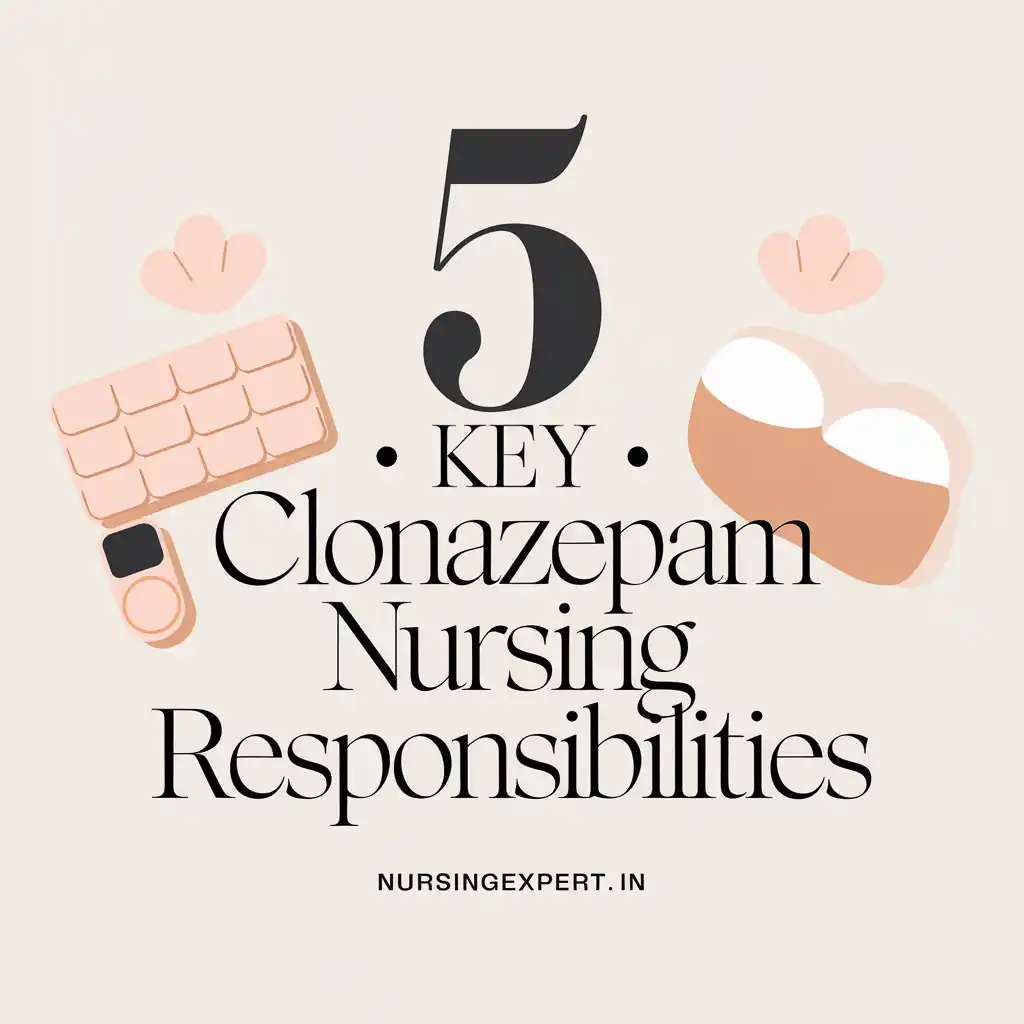Estradiol, a primary form of estrogen, is a critical hormone used in various clinical scenarios, such as managing menopausal symptoms, preventing osteoporosis, and treating hypoestrogenism. Nurses play an essential role in its administration, monitoring, and patient education to ensure safety and efficacy. This comprehensive guide explores estradiol’s pharmacology, indications, administration, adverse effects, and key nursing considerations to support optimal patient care.
Thank you for reading this post, don't forget to subscribe!
Introduction
Estradiol is the most potent naturally occurring estrogen, vital for female reproductive health and secondary sexual characteristics. It is commonly prescribed as hormone replacement therapy (HRT) to address estrogen deficiency. While effective, it carries risks like thromboembolism and cancer, necessitating careful nursing oversight. This article equips nurses with the knowledge to manage estradiol therapy effectively, focusing on assessment, intervention, and patient support.


Drug Name and Classification
Generic Name
- Estradiol
Brand Names
- Estrace
- Climara
- Vivelle-Dot
- Alora
- Femring
Classification
- Estrogen hormone
- Sex hormone
- Hormone replacement therapy (HRT)
Estradiol is a steroid hormone used to supplement estrogen levels, classified under HRT agents for its role in treating deficiency states.
Dosage and Administration
Estradiol’s administration varies by form, indication, and patient needs, requiring precise nursing guidance.
Dosage Forms
- Oral Tablets: 0.5 mg, 1 mg, 2 mg
- Transdermal Patches: 0.025 mg/day to 0.1 mg/day
- Vaginal Ring: 0.05 mg/day, 0.1 mg/day
- Vaginal Cream: 0.01% (0.1 mg/g)
- Injectable: Estradiol cypionate 5 mg/mL, estradiol valerate 10–40 mg/mL
Recommended Dosages
- Menopausal Symptoms:
- Oral: 0.5–2 mg daily
- Transdermal: 0.025–0.1 mg/day patch, applied weekly or biweekly
- Vaginal Ring: 0.05–0.1 mg/day, replaced every 3 months
- Osteoporosis Prevention:
- Oral: 0.5 mg daily
- Transdermal: 0.025–0.05 mg/day
- Hypoestrogenism:
- Oral: 1–2 mg daily
- Injectable: 1–5 mg IM every 3–4 weeks
Administration Routes
- Oral: Take consistently, with or without food.
- Transdermal Patch: Apply to clean, dry skin (e.g., abdomen, buttocks); rotate sites.
- Vaginal Ring: Insert into the upper vagina; replace every 3 months.
- Vaginal Cream: Use applicator at bedtime.
- IM Injection: Administered by healthcare professionals; rotate sites.
Nurses ensure proper technique and adherence to prescribed regimens to maximize efficacy and minimize risks.
Therapeutic Actions
Estradiol binds to estrogen receptors, exerting effects across multiple systems:
- Reproductive: Supports tissue growth, reduces menopausal symptoms (e.g., hot flashes, vaginal dryness).
- Bone: Prevents resorption, maintaining density.
- Cardiovascular: Adjusts lipid profiles (lowers LDL, raises HDL).
- CNS: May enhance mood and cognition.
These benefits must be balanced against potential risks, a key focus for nursing care.
Indications
Approved Uses
- Menopausal symptom relief (e.g., hot flashes, vaginal atrophy)
- Osteoporosis prevention in postmenopausal women
- Hypoestrogenism from hypogonadism or ovarian failure
- Palliative care for advanced prostate or breast cancer
Off-Label Uses
- Gender-affirming therapy for transgender women
- Mood stabilization in PMDD
- Acne management
Nurses verify the indication to tailor care and education.
Adverse Effects
Common
- Nausea, breast tenderness, headache
- Weight changes, mood swings, bloating
- Vaginal discharge or bleeding
Serious
- Thromboembolism: DVT, PE, stroke
- Cardiovascular: MI, hypertension
- Cancer: Breast, endometrial (without progestin)
- Gallbladder: Cholelithiasis
- Liver: Elevated enzymes, jaundice
Nurses monitor for severe effects, particularly thromboembolism (e.g., leg pain, shortness of breath), and educate patients on reporting symptoms promptly.
Contraindications
Absolute
- Pregnancy
- Undiagnosed genital bleeding
- Estrogen-dependent cancers
- Active/history of thromboembolism
- Liver disease
- Hypersensitivity to estradiol
Relative
- Migraine with aura
- Uncontrolled hypertension
- Diabetes with vascular issues
Nurses assess contraindications to prevent complications.
Nursing Considerations
Assessment
- History: Check for cardiovascular, liver, or cancer risks.
- Medications: Note interactions (e.g., anticoagulants).
- Vitals: Baseline BP and HR.
- Labs: Lipid profile, liver function if indicated.
- Symptoms: Evaluate severity (e.g., hot flashes).
Interventions
- Administration: Ensure correct route/dose; rotate patch/injection sites.
- Monitoring: Watch for thromboembolism, hypertension, liver issues.
- Screenings: Promote mammograms, Pap smears.
- Weight: Track fluid retention or gain.
Teaching Points
- Adhere to prescribed dose; don’t adjust without consultation.
- Report serious symptoms (e.g., chest pain, jaundice).
- Adopt healthy lifestyle (diet, exercise, no smoking).
- Understand estradiol isn’t contraceptive.
- Manage missed doses appropriately (e.g., replace fallen patch).
Special Considerations
Special Populations
- Postmenopausal Women: Use lowest effective dose.
- Transgender Women: Individualize dosing for feminization.
- Hysterectomy Patients: Estradiol alone is sufficient.
- Elderly: Minimize dose due to cardiovascular risks.
Drug Interactions
- Anticoagulants: Monitor INR with warfarin.
- Thyroid Hormones: May need levothyroxine adjustment.
- St. John’s Wort: Reduces estradiol levels.
Patient Education
- Explain purpose and administration clearly.
- Provide written instructions (e.g., patch application).
- Encourage reporting concerns and regular follow-ups.
- Suggest non-drug aids (e.g., lubricants for dryness).
Monitoring and Follow-Up
- Assess symptom relief and adverse effects.
- Conduct periodic labs (lipids, liver) if needed.
- Ensure cancer screening compliance.
Conclusion
Estradiol is a versatile therapy requiring meticulous nursing management. By mastering its administration, monitoring, and education aspects, nurses enhance patient safety and outcomes. Vigilance and patient-centered care are paramount.


